Disclosure: This article contains affiliate links. We may earn a commission from purchases at no extra cost to you, which helps our travel content.
Standing on the windswept shores of Wellington Harbour, I found myself caught between two worlds: the sleek urban landscape of New Zealand's capital and the profound cultural heritage of the Māori people who first called this place Te Whanganui-a-Tara. As a city planner by profession, I'm naturally drawn to how indigenous cultures shape urban spaces, but my week in Wellington transcended professional curiosity. It became a journey into understanding how Māori traditions continue to influence contemporary Kiwi life, and how travelers like us can engage with these experiences respectfully. Wellington offers a unique opportunity to connect with Māori culture beyond tourist performances—from urban marae (meeting grounds) to contemporary art spaces, government institutions embracing biculturalism, and food experiences that tell stories of land and sea. Here's my guide to experiencing Māori culture in Wellington with both heart and mind engaged.
Understanding Te Whanganui-a-Tara: Wellington Through Māori Eyes
Before diving into cultural experiences, I believe it's essential to understand the significance of Wellington to Māori people. Te Whanganui-a-Tara (the great harbor of Tara) has been home to various iwi (tribes) for centuries, with complex histories of migration, settlement, and conflict that predate European arrival.
My journey began at the Wellington i-SITE Visitor Information Centre, where I picked up a copy of the excellent Māori Wellington guidebook. The staff directed me to a free walking tour that explores the city's dual heritage. Our guide, a passionate local named Hemi, pointed out sites that tourists typically miss—like the pouwhenua (carved posts) marking traditional boundaries and the subtle incorporation of Māori design elements in modern architecture.
The Wellington Museum offers an insightful exhibition on the Treaty of Waitangi—New Zealand's founding document signed between Māori chiefs and the British Crown in 1840. As a city planner, I was particularly moved by how this historical context continues to shape urban development policies today. The museum's interactive displays explain the ongoing process of addressing historical injustices through land settlements and cultural revitalization.
For a deeper dive, I recommend visiting Te Papa Tongarewa (Museum of New Zealand), where the Mana Whenua exhibition explores Māori relationships with the land. The massive carved meeting house within the museum provides a taste of marae architecture and protocols, though remember this is a museum representation rather than an active marae.
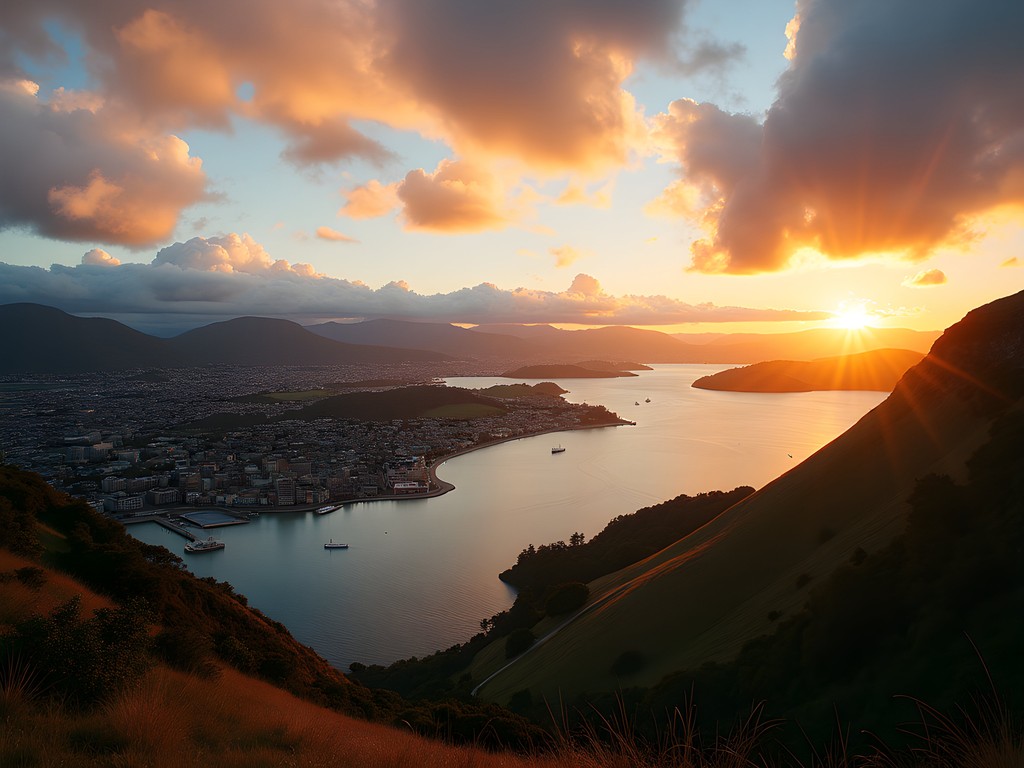
💡 Pro Tips
- Download the Te Reo Māori basics app to learn key phrases before your visit
- Look for bilingual signage throughout the city—each Māori place name tells a story about the landscape
- Visit the Wellington Central Library for excellent books on local Māori history
Te Papa Tongarewa: Beyond the Tourist Experience
If there's one cultural institution you shouldn't miss in Wellington, it's Te Papa Tongarewa (Museum of New Zealand). But having visited dozens of museums worldwide, I've learned that how you approach these spaces matters enormously.
Rather than rushing through exhibits, I dedicated an entire day to Te Papa, focusing primarily on the Māori collections. The name itself—Te Papa Tongarewa—means 'container of treasures,' and the museum lives up to this promise with its extraordinary collection of taonga (cultural treasures).
The Mana Whenua exhibition spans two floors and explores Māori as tangata whenua (people of the land). What struck me most was how the museum presents living culture rather than historical artifacts. Interactive displays teach visitors about concepts like mana (prestige/authority), tapu (sacredness), and kaitiakitanga (guardianship of the environment)—values that remain deeply relevant in contemporary New Zealand society.
The highlight was undoubtedly Te Hono ki Hawaiki, the contemporary meeting house that serves as the museum's marae. I was fortunate to witness a pōwhiri (welcome ceremony) for a school group. Even as an observer, the power of the karanga (ceremonial call) sent shivers down my spine. The intricate carvings throughout the marae tell ancestral stories, with each pattern holding deep significance.
To fully appreciate these experiences, I recommend bringing a quality travel journal to record your observations and reflections. Cultural learning happens in layers, and I found myself making connections throughout my week in Wellington by reviewing my notes each evening.
Before leaving, don't miss the Gallipoli exhibition, which powerfully presents the Māori Battalion's contribution during World War I—a reminder of how Māori history intertwines with New Zealand's broader narrative.

💡 Pro Tips
- Visit on a weekday morning to avoid crowds at the most popular exhibitions
- Check the museum schedule for free guided tours focusing specifically on Māori collections
- The marae at Te Papa occasionally hosts public events—ask at information desk for upcoming ceremonies
Visiting Urban Marae: Protocols and Etiquette
One of my most meaningful experiences in Wellington was visiting an urban marae (meeting ground). Unlike tourist attractions, marae are living cultural spaces where Māori communities gather for important events and ceremonies. Visiting requires understanding proper protocols and approaching with respect.
Pipitea Marae in Thorndon offers scheduled visits for small groups. As someone with an urban planning background, I was fascinated by how this traditional space functions within Wellington's central business district. The marae complex includes a wharenui (meeting house), wharekai (dining hall), and courtyard where formal welcomes take place.
Before visiting, I learned basic protocols: removing shoes before entering buildings, not eating or drinking in the wharenui, and understanding that photography may be restricted. Most importantly, visitors should wait to be formally welcomed rather than wandering in independently.
Our group was greeted with a pōwhiri (welcome ceremony) that included speeches, waiata (songs), and the hongi—the pressing of noses and foreheads that represents the sharing of breath. Though initially nervous about participating correctly, our hosts were patient and guided us through each step.
Inside the wharenui, our host explained the significance of the carvings representing ancestors and the tukutuku panels (ornamental lattice-work) adorning the walls. What struck me most was how the marae serves as both a connection to tradition and a living community space addressing contemporary needs.
For those interested in deeper cultural immersion, I recommend booking a guided experience through Māori-owned cultural tour company. Their guides provide context that transforms the experience from observation to genuine connection.
Remember that marae visits should be arranged in advance—these are not walk-in tourist attractions but places where respectful engagement is essential.
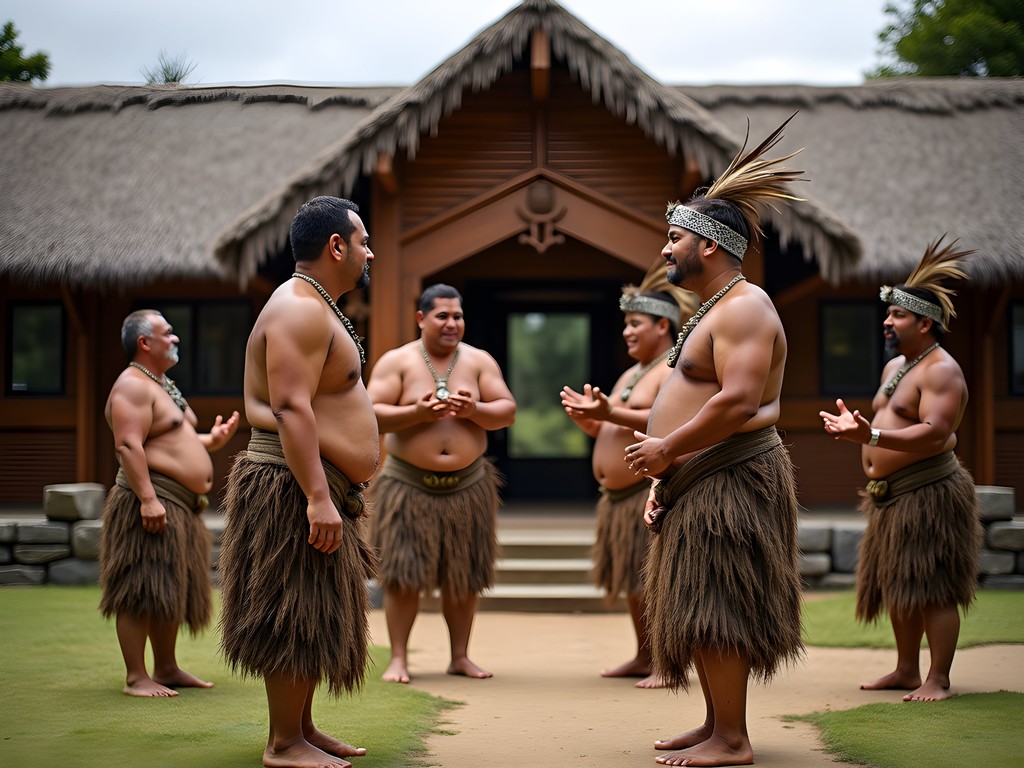
💡 Pro Tips
- Learn basic Te Reo Māori greetings before your visit (Kia ora = hello/thank you)
- Women traditionally sit in the front row during formal ceremonies, with men behind
- Bring a small koha (gift) when visiting a marae—this is often a monetary contribution toward marae upkeep
Māori Cuisine: Tasting Culture and Tradition
Food has always been my gateway to understanding cultures, and Wellington offers fascinating opportunities to experience Māori cuisine beyond tourist hangi (earth oven) performances.
My culinary exploration began at the Wellington Night Market, where I discovered a food stall specializing in contemporary Māori cuisine. The rewena paraoa (potato bread) served with horopito (native pepper) butter was a revelation—subtle flavors that spoke to centuries of food traditions adapted to local ingredients.
For a more immersive experience, I booked a Māori food tour through Wellington Culinary Tours. Our guide, Hera, explained how traditional ingredients like kumara (sweet potato), puha (sowthistle), and karengo (seaweed) are being rediscovered by contemporary chefs. We visited both traditional eateries and modern restaurants incorporating indigenous ingredients into innovative dishes.
The highlight was dinner at Hiakai, Chef Monique Fiso's acclaimed restaurant that's revolutionizing Māori cuisine. The tasting menu weaves together indigenous ingredients with sophisticated techniques, each dish telling a story of connection to the land. The fermented kumara with kawakawa oil and pikopiko (native fern) was unlike anything I've tasted before—earthy, complex, and profoundly connected to place.
I found myself taking detailed notes throughout the meal, capturing both flavors and stories in my travel notebook. This has become my ritual when experiencing food with cultural significance—the notes become treasured souvenirs that bring back memories far more vividly than photographs.
For those seeking to bring flavors home, the Wellington Harbourside Market on Sundays offers stalls selling Māori ingredients like horopito, kawakawa tea, and manuka honey. The vendors are generally happy to explain traditional uses and preparation methods.
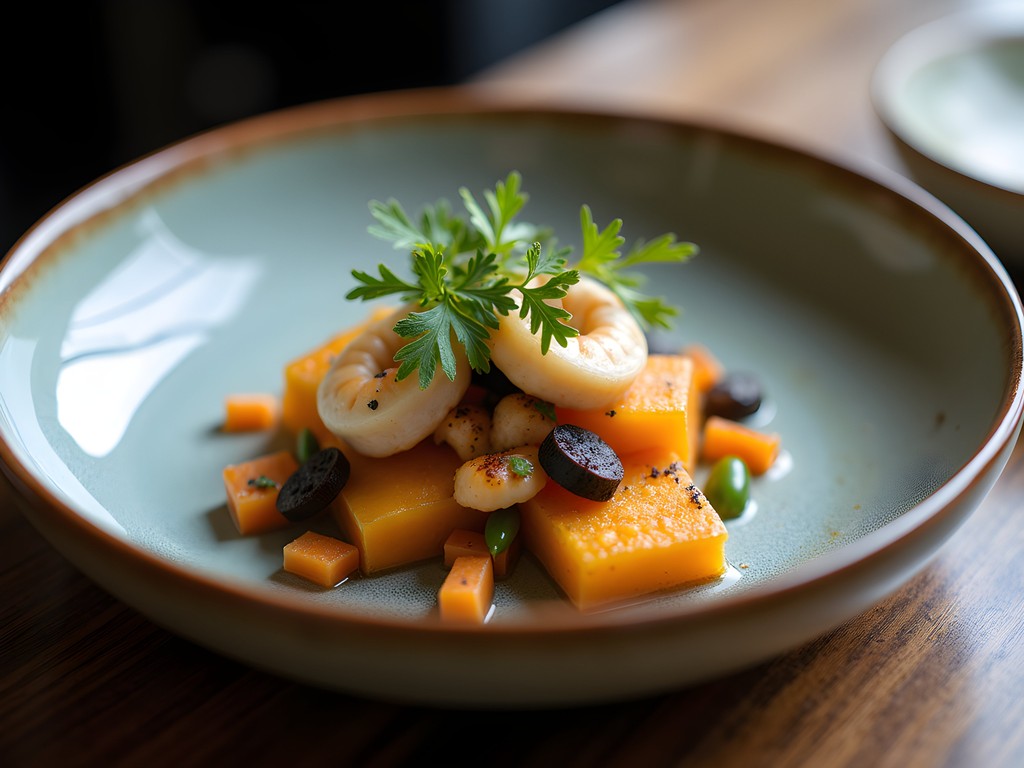
💡 Pro Tips
- Book Hiakai well in advance—this acclaimed restaurant fills up months ahead
- Look for the Māori-owned food trucks at summer festivals around the waterfront
- Try kawakawa tea—this native herb has been used medicinally by Māori for centuries
Contemporary Māori Art and Design
Wellington's vibrant arts scene offers a window into how Māori culture continues to evolve and influence contemporary New Zealand identity. As someone who studies urban spaces professionally, I was particularly drawn to how indigenous design principles are reshaping the city's visual landscape.
My exploration began at Toi Art, the art gallery within Te Papa. The exhibition of contemporary Māori artists challenged my preconceptions, showcasing works that engage with traditional symbolism while addressing modern social and political issues. Artists like Lisa Reihana and Shane Cotton blend cultural narratives with contemporary techniques in ways that feel both timeless and urgently relevant.
For those interested in bringing home meaningful souvenirs, the Kura Gallery on Customhouse Quay specializes in authentic Māori art and crafts. I spent hours speaking with the gallery staff about the symbolism behind different carving patterns and the cultural significance of pounamu (greenstone) jewelry. Rather than purchasing mass-produced souvenirs, I invested in a small pounamu pendant carved by a local artist, which came with documentation about its provenance and meaning.
The New Zealand Portrait Gallery Te Pūkenga Whakaata often features exhibitions highlighting Māori perspectives, while street art throughout the city increasingly incorporates indigenous design elements. I used the Wellington walking guide to locate murals and public art installations that might otherwise be missed.
What fascinated me most was seeing how Māori design principles are being incorporated into Wellington's architecture and urban planning. The distinctive undulating form of Te Raukura (the wharewaka or canoe house) on the waterfront draws inspiration from traditional forms while serving as a thoroughly contemporary civic space. As a city planner, I appreciated how indigenous perspectives on community gathering spaces and connection to natural elements are influencing urban development in ways that benefit all Wellington residents.
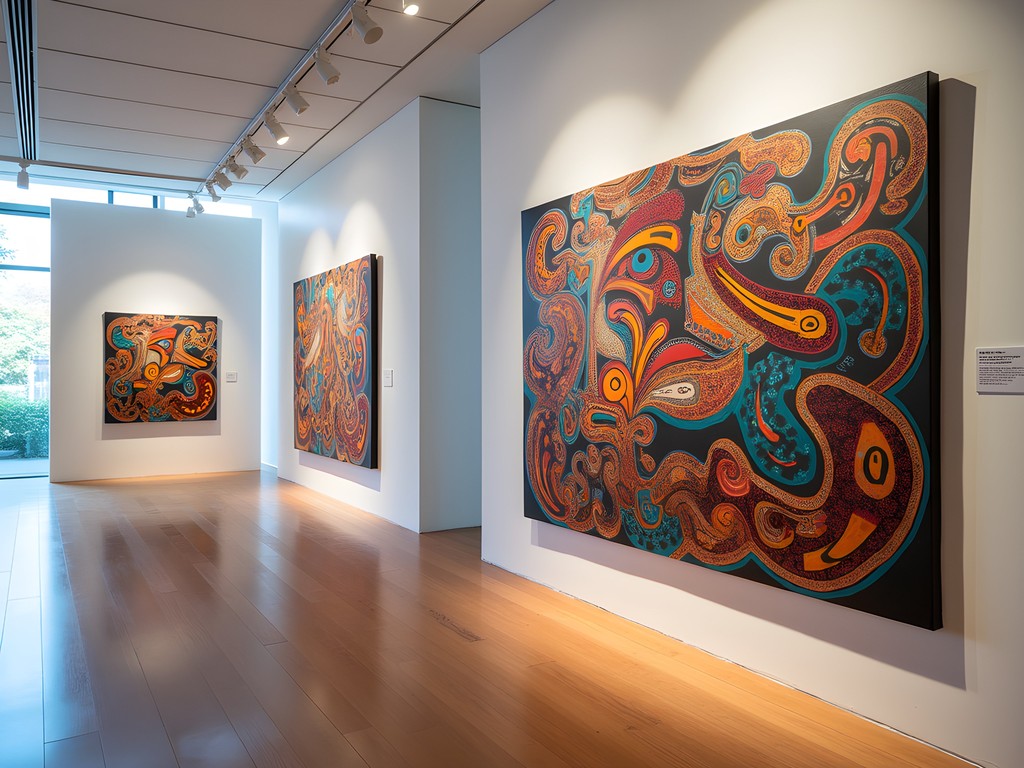
💡 Pro Tips
- Ask gallery staff about the stories behind artworks—many pieces contain layered cultural references
- Look for the Māori Artists Network pop-up exhibitions that happen throughout the year
- Visit City Gallery Wellington, which regularly features Māori contemporary artists
Responsible Cultural Tourism: Giving Back
Throughout my travels, I've become increasingly conscious of how tourism impacts local communities. In Wellington, I sought ways to ensure my engagement with Māori culture was respectful and reciprocal rather than extractive.
Many cultural experiences in Wellington are Māori-owned and operated, meaning your tourism dollars directly support the communities sharing their heritage. When booking tours or experiences, I researched companies to understand their ownership structure and commitment to cultural authenticity.
The Māori Language Commission (Te Taura Whiri i te Reo Māori) offers resources for visitors interested in learning basic Te Reo Māori phrases. Making an effort to use these in appropriate contexts—even simple greetings like "Kia ora"—demonstrates respect for the living language.
I was particularly impressed by the Wellington Museum's "Decolonizing Museums" program, which invites visitors to participate in discussions about how cultural heritage is presented and whose voices are centered. These sessions challenged me to reflect on my own assumptions as a traveler from the UK, where our museums still house artifacts from many indigenous cultures worldwide.
For those seeking deeper engagement, organizations like Tapu Te Ranga Marae welcome volunteers for community projects. During my visit, I spent a morning helping in their native plant nursery, learning about traditional plant uses while contributing to ecological restoration efforts.
Before leaving Wellington, I purchased several books by Māori authors from Unity Books, an independent bookstore with an excellent indigenous literature section. These writings have continued my learning journey long after returning home and provide context that no tourist experience can fully capture.
Respectful tourism isn't just about what we do while traveling, but how we share those experiences afterward. I've been mindful about how I discuss Māori culture in my social media posts and conversations, avoiding oversimplification or presenting myself as an expert after just one week of engagement.
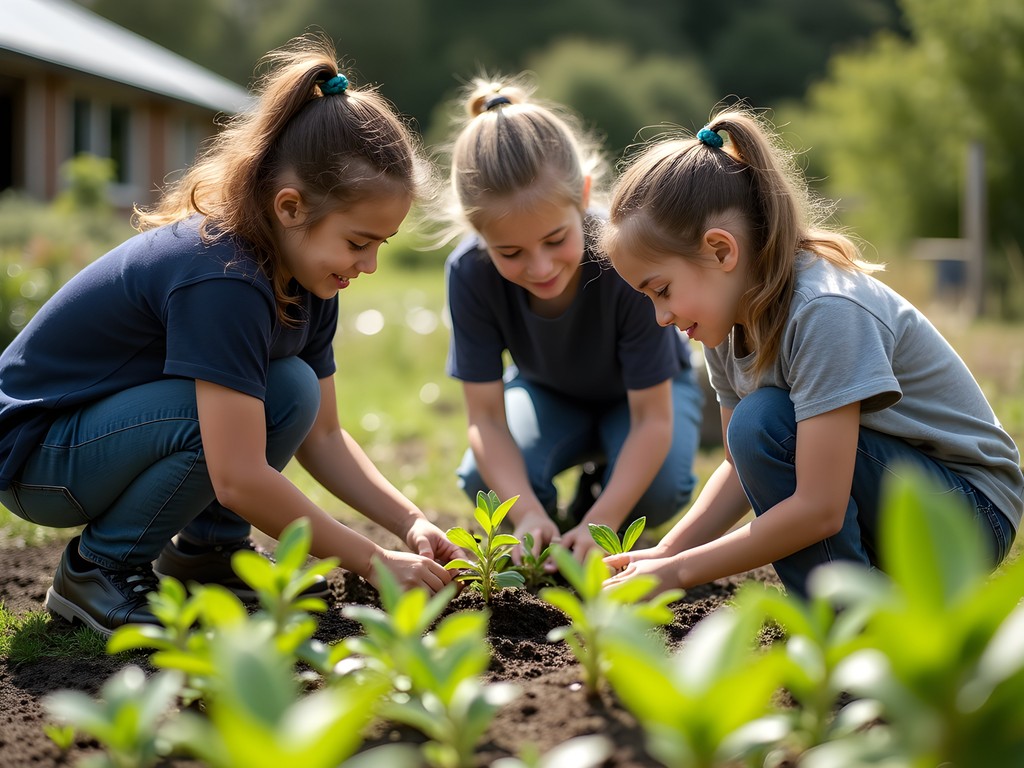
💡 Pro Tips
- Purchase authentic crafts directly from Māori artisans rather than mass-produced souvenirs
- Ask permission before photographing people or cultural ceremonies
- Support Māori-owned businesses and tour operators when booking experiences
Final Thoughts
My week in Wellington offered far more than tourist performances—it provided glimpses into how Māori culture continues to shape New Zealand's identity, urban spaces, and future aspirations. As travelers, we have the privilege of being temporary guests in spaces with deep cultural significance. The most valuable souvenir I've brought home isn't a carving or photograph, but a deeper understanding of how indigenous perspectives can enrich our approach to city planning, environmental stewardship, and community building worldwide. Wellington demonstrates that authentic cultural tourism is possible when led by indigenous voices and approached with genuine curiosity and respect. Whether you're exploring Te Papa's collections, sharing a meal featuring native ingredients, or simply learning the stories behind place names, each experience invites you to see Wellington through multiple cultural lenses. I encourage you to approach this remarkable city with open eyes, an open mind, and most importantly, an open heart.
✨ Key Takeaways
- Seek Māori-led experiences rather than tourist performances for authentic cultural engagement
- Learn basic Te Reo Māori phrases and cultural protocols before your visit
- Understand the historical context of places you visit through both colonial and indigenous perspectives
- Support Māori-owned businesses and cultural initiatives during your stay
📋 Practical Information
Best Time to Visit
year-round, though summer (December-February) offers more outdoor cultural events
Budget Estimate
$150-250 NZD per day including accommodation, food and cultural experiences
Recommended Duration
5-7 days to fully explore Māori cultural experiences
Difficulty Level
Intermediate - Some Experiences Require Advance Planning And Cultural Sensitivity
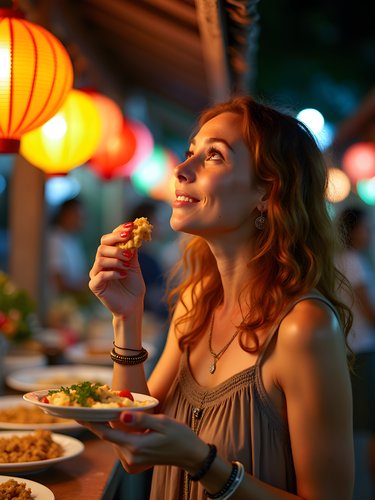
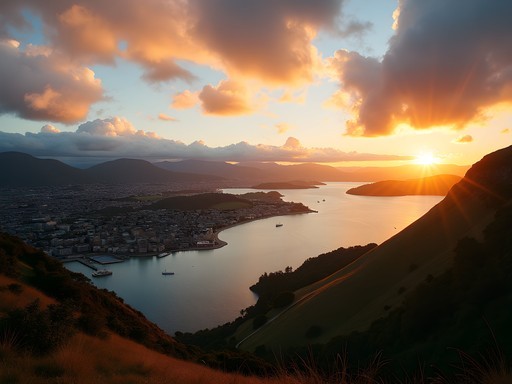
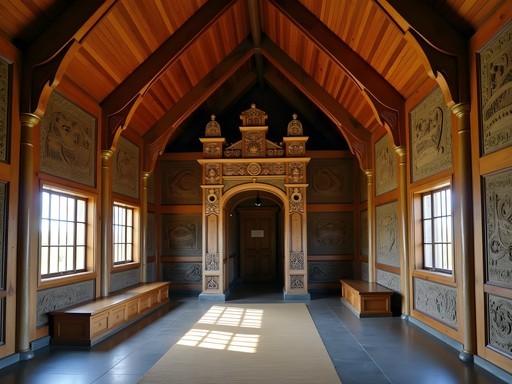
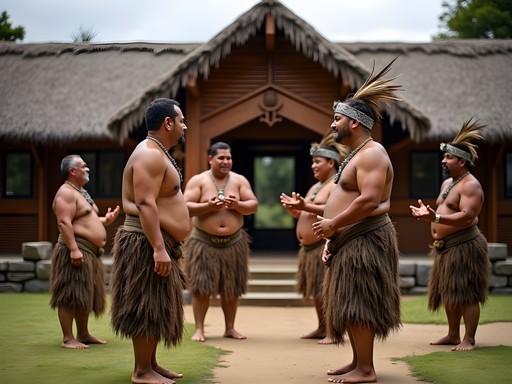
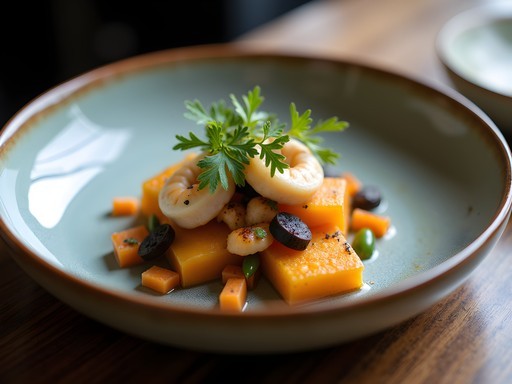
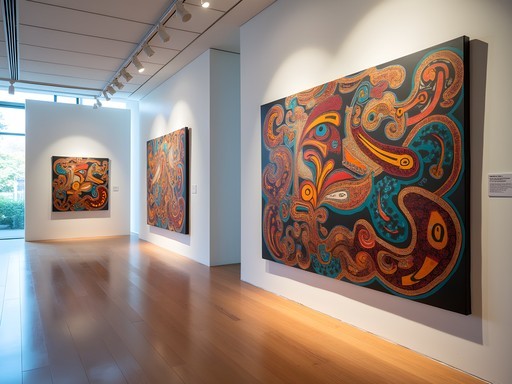




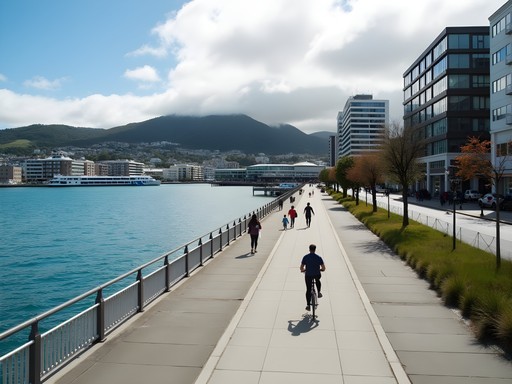






Comments
wanderingfeet
The shot of Wellington Harbor at sunrise with the pōwhiri ceremony is absolutely stunning. What camera do you use?
Jean Shaw
Thank you! Just my trusty old Fujifilm X-T3. The light that morning was doing all the heavy lifting!
travelbugg45
Those food photos have me drooling! Never thought about trying hangi before but now it's on my list!
sunsetmood
Great post! I'm heading to Wellington next month and really want to experience Māori culture respectfully. Any specific recommendations for learning about the protocols before visiting a marae? Should I buy a guidebook or is there a good website to check out?
Robert Moreau
Not Jean, but I can share what helped me! Te Papa's website has great resources on marae protocol. Also, I found this book incredibly helpful for understanding the cultural context before my visit. Most importantly though, just approach everything with humility and openness to learn.
sunsetmood
Thanks for the tips, Robert! Will definitely check out Te Papa's website and maybe that book too. Appreciate it!
Jean Shaw
Hi sunsetmood! Robert gave great advice. I'd add that many marae that welcome visitors offer short orientation sessions before you enter. The Wellington i-SITE visitor center also has free pamphlets about cultural protocols. Enjoy your trip!
Robert Moreau
Jean, your piece captures something I've been thinking about a lot lately - the difference between performative cultural tourism and genuine cultural exchange. During my stay in Wellington last spring, I had a transformative experience at a hangi feast hosted by a local family I met through a friend. The evening wasn't staged for tourists; it was simply being welcomed into their tradition. The matriarch explained each dish's significance while her grandson taught me phrases in te reo Māori. I've found the most authentic experiences often happen when we step away from the curated tourist path. Did you have any unexpected encounters that weren't in your original itinerary?
Jean Shaw
Robert, that hangi experience sounds incredible! Those personal connections really are where the magic happens. My unexpected highlight was actually getting caught in a downpour and taking shelter in a small gallery in Te Aro where I met a Māori artist working on contemporary carvings. We ended up talking for hours about how traditional motifs translate into modern art. Sometimes the best moments are completely unplanned!
hikinghero
This post really resonated with me! I visited Wellington last year and also felt that tension between modern city and Māori heritage. The guided tour at Te Papa was absolutely worth the extra cost - our guide shared stories about the artifacts that weren't on any of the placards. I was too nervous to visit a marae though. Did you feel welcome as an obvious tourist? I wasn't sure about the protocols and didn't want to be disrespectful.
Jean Shaw
Thanks for your comment! I completely understand that nervousness. I felt the same way initially, but found that most marae offering public visits have hosts specifically there to guide visitors through protocols. The key is approaching with respect and willingness to learn. They actually appreciate visitors making the effort!
hikinghero
That's really good to know for next time! I'll definitely be braver about it on my next visit.
mountainexplorer
Great insights on Wellington's Māori heritage. I visited last year and found the Wellington Museum has some fascinating exhibits on local Māori history too - smaller than Te Papa but worth checking out. Also recommend taking the ferry to Matiu/Somes Island in the harbor. It has significant Māori history and our guide was incredibly knowledgeable about both the cultural and ecological aspects. The views back to the city are stunning too!
Jean Shaw
Thanks for mentioning Matiu/Somes Island! I didn't get a chance to visit during this trip but it's definitely on my list for next time. The dual naming of places in NZ tells such an important story in itself.
Sarah Powell
Jean, this is such a thoughtful exploration of Māori culture in an urban setting. As someone who's visited Wellington three times, I appreciate how you've highlighted the importance of approaching cultural experiences with respect rather than consumption. During my last solo trip, I attended a workshop at Te Papa where we learned about traditional weaving techniques. The kaiako (teacher) shared stories about how different patterns connected to her whakapapa (genealogy). It was so much more meaningful than just buying a souvenir. For anyone planning a visit, I'd recommend picking up this cultural guide - it helped me understand contexts and protocols that aren't obvious to visitors. Looking forward to your next post!
coffeelegend
That weaving workshop sounds amazing! Was it expensive? Thinking about doing something similar when I visit.
Sarah Powell
It was about NZ$45 if I remember correctly - totally worth it! They run them monthly, so check Te Papa's website for the schedule.
journeyperson
Just wow!!! Your description of standing between two worlds at Wellington Harbor gave me chills! Adding this to my bucket list RIGHT NOW! 😍
coolrider
Heading to Wellington next month! Did you need to arrange the marae visit in advance or can you just show up? Also wondering if there are any specific phrases in te reo Māori that would be good to learn?
mountainexplorer
Not the author, but when I visited last year, definitely arrange marae visits in advance. Most urban marae have websites with contact info. At minimum, learn 'Kia ora' (hello/thank you) and 'Tēnā koe' (greeting to one person). Shows respect!
coolrider
Thanks for the tips! Will definitely do that.
Frank Garcia
This post really captures the essence of cultural immersion! During my backpacking trip last year, I also found Wellington to be an incredible place to experience Māori culture in an urban context. The guided tour at Te Papa was absolutely worth the extra cost - our guide shared stories about the exhibits that weren't on any plaques. I'd recommend booking at least a week in advance though, especially during peak season. Also appreciated your point about protocols when visiting marae - so important to approach these spaces with respect rather than treating them as tourist attractions.
Jean Shaw
Thanks Frank! Completely agree about booking the Te Papa tours in advance. Did you get a chance to try any hangi food while you were there?
Frank Garcia
I did! Went to that same place you mentioned in the Cuba Street area. The smoky flavors were incredible - nothing like I've tasted before. Definitely a highlight of my culinary experiences in NZ.
Venture X
Premium card with 2X miles, $300 travel credit, Priority Pass